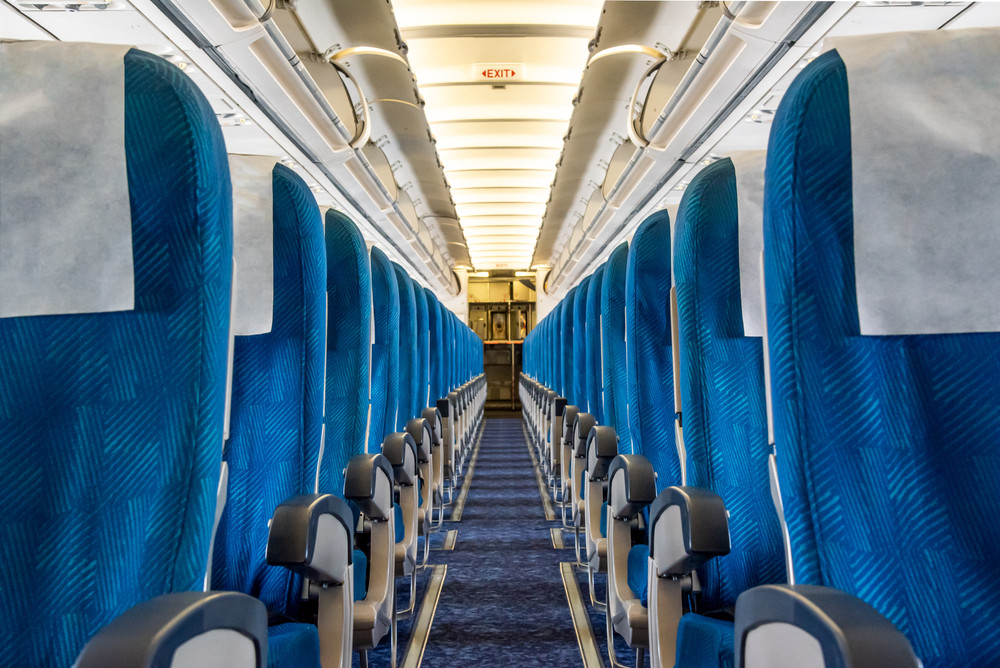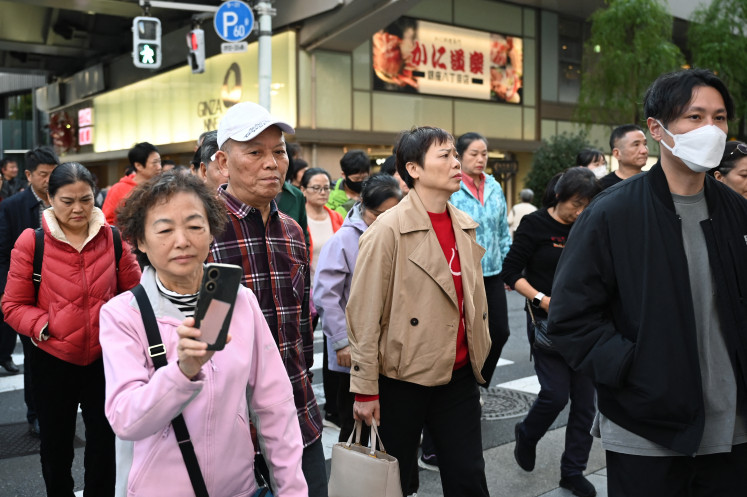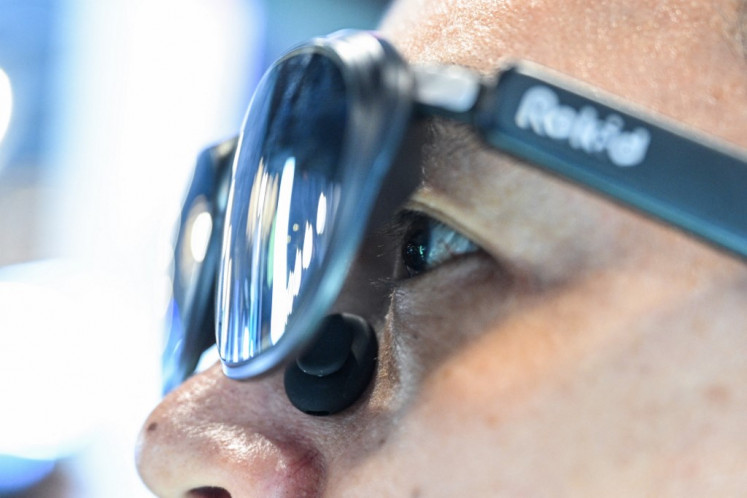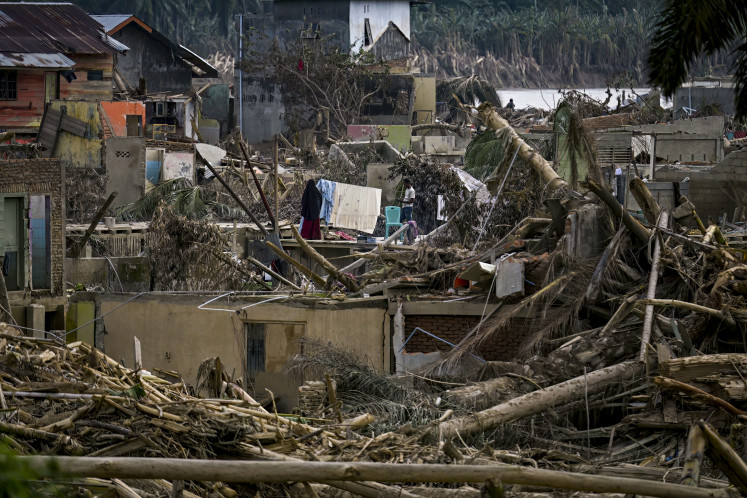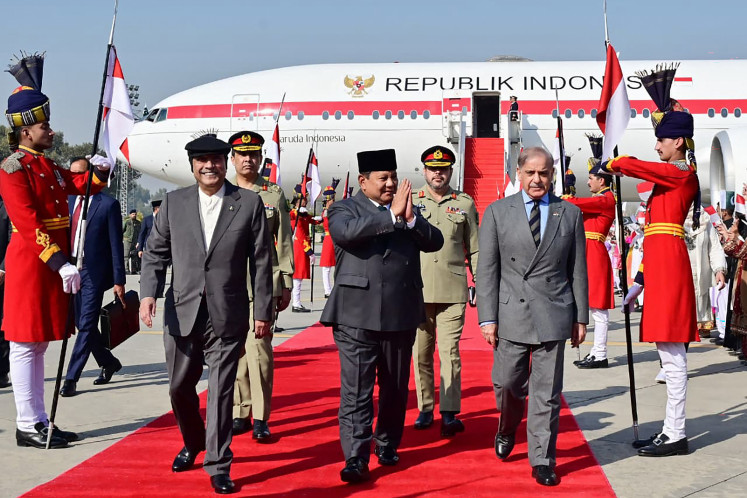Popular Reads
Top Results
Can't find what you're looking for?
View all search resultsPopular Reads
Top Results
Can't find what you're looking for?
View all search resultsSafe flight in time of pandemic
We are re-thinking boarding and disembarking to get people seated or off the aircraft more efficiently. We are simplifying service to minimize the interaction with crew and we will ensure that people don’t congregate around the washrooms.
Change text size
Gift Premium Articles
to Anyone
O
ver decades, airlines have earned the trust of travelers to deliver them safely to their destination. Amid the COVID-19 crisis, the question of trust now extends to personal health.
Surveys tell us that people are eager to get back to exploring the world, reconnecting with friends and family and vising business partners to seal the next big deal. But you won’t do that unless you feel safe while traveling.
Over the past few weeks all stakeholders in aviation – the UN’s International Civil Aviation Organization (ICAO), airlines, airports, manufacturers, governments, and medical experts – have been working together to develop a plan for safe travel even as the challenges of COVID-19 remain. It’s led to the ICAO “Take-off” blueprint to restart the industry, which aligns with IATA’s own roadmap to get us up and running.
There is no silver bullet. Until a vaccine is found there nothing that is failsafe. But layers of measures — each reducing risk at each stage of the journey — can have the cumulative effect reducing risk a lot.
The measures to protect your safety begin at the airport. The first thing we want to do is ensure that unwell people don’t fly. We will continue to communicate that it is the personal responsibility of everyone to stay home when you have a fever. And passengers will have their temperature checked at the airport as an extra measure. To keep numbers manageable, only passengers (and their care givers if required) will be allowed into the airport.
Masks will become a feature of travel. Evidence tells us that COVID-19 can be spread by people who show no signs of the disease. Wearing a mask helps to prevent the spread of the disease by people who don’t know that they are sick. You will see airline staff wearing them, you will be asked to as well — from the time you arrive at the airport until you reach your destination.
The next layer is speed and reduced contact. That means having passengers arrive at the airport ready to fly using online check-in and a home printed bag tag where possible. If not, then it is automated processes with kiosks for check-in and self-service boarding.
That’s not all. Airline staff will most likely have plexiglass barriers. There will be more deep cleaning everywhere but particularly for high-touch areas such as kiosks and security trays. And we are working on more efficient ways to queue and other measures so that safe distances can be maintained.
Our surveys show that the biggest concern is the person seated next to you. Totally understandable. In fact, many expect that the “middle seat” needs to be kept empty so we can extend social distancing on board. That won’t generate the distance suggested by health officials for physical distancing — which usually one or two meters.
So we are following the advice for situations where physical distancing is not possible, which is to wear a mask. On top of that we are adding other layers of protection. We are re-thinking boarding and disembarking to get people seated or off the aircraft more efficiently. We are simplifying service to minimize the interaction with crew and we will ensure that people don’t congregate around the washrooms.
People should also be aware of some other barriers to disease spread. Everybody generally faces forward and doesn’t move around that much. The seatback also acts as a barrier to stop respiratory droplets jumping rows.
There are some very important design features including the air flow in the aircraft. It flows from the ceiling to the floor so there is not much air movement backwards and forwards which can help reduce the spread. And you might not realize that air is exchanged 20-30 times an hour with fresh air from outside the aircraft. That’s about ten times more frequently than most modern office buildings. And for the air that is recycled, it goes through High Efficiency Particulate Air (HEPA) filters — the same ones that are used in hospital operating theatres.
I wish that I could say with absolute certainty that there is no risk of catching COVID-19 in the cabin. There is risk in every interaction we have with other people — when shopping, working, dining or flying. What I can say though, is that we haven’t seen that risk manifest in many cases of onboard transmission.
The main example is a flight from the UK to Vietnam early March that saw one symptomatic passenger potentially passing the virus to several others. But there are also published studies of two recent flights between Asia and North America with known symptomatic passengers where no transmission was detected despite extensive contact tracing.
So the risk of onboard transmission appears to be low. And the measures that we have put in place will reduce it further.
Trust is personal. You will need to make up your own mind if the reason for your next trip by air justifies what you perceive to be the risk. For me, the answer is yes. As the industry restarts, I will be visiting stakeholders in many parts of the world.
And as summer approaches, I am planning to travel with the family. Both will involve planes. I know that the benefits of the travel will be big. And I trust the measures we have in place to keep me, my colleagues and my family safe. I hope that you will come to the same conclusion.
***
Director-general and CEO of International Air Transport Association (IATA)

